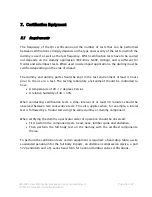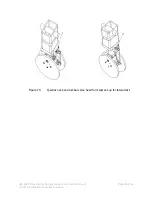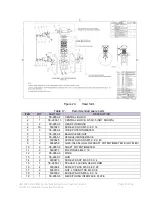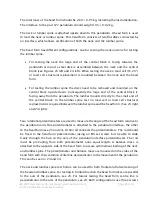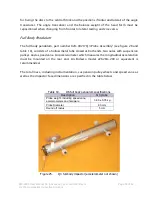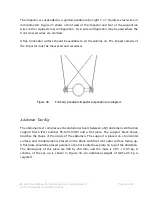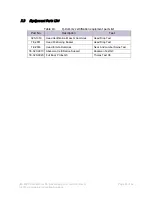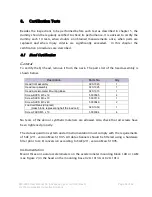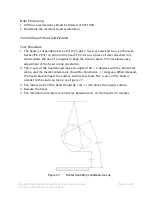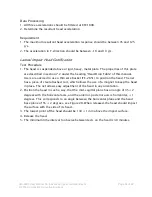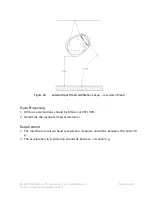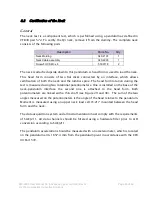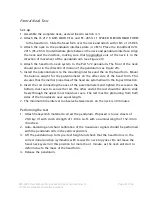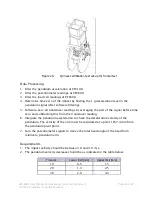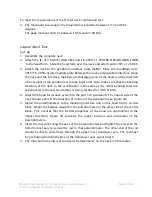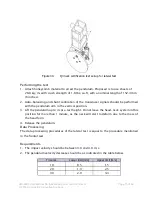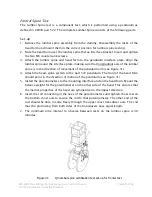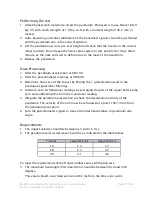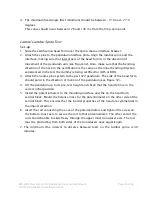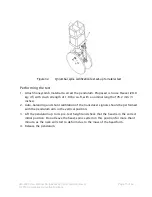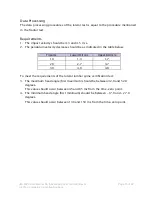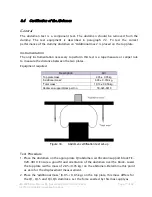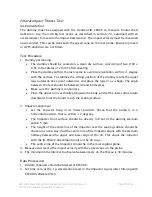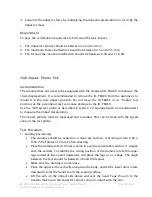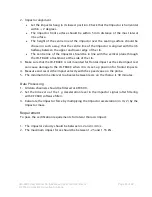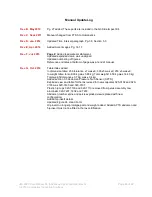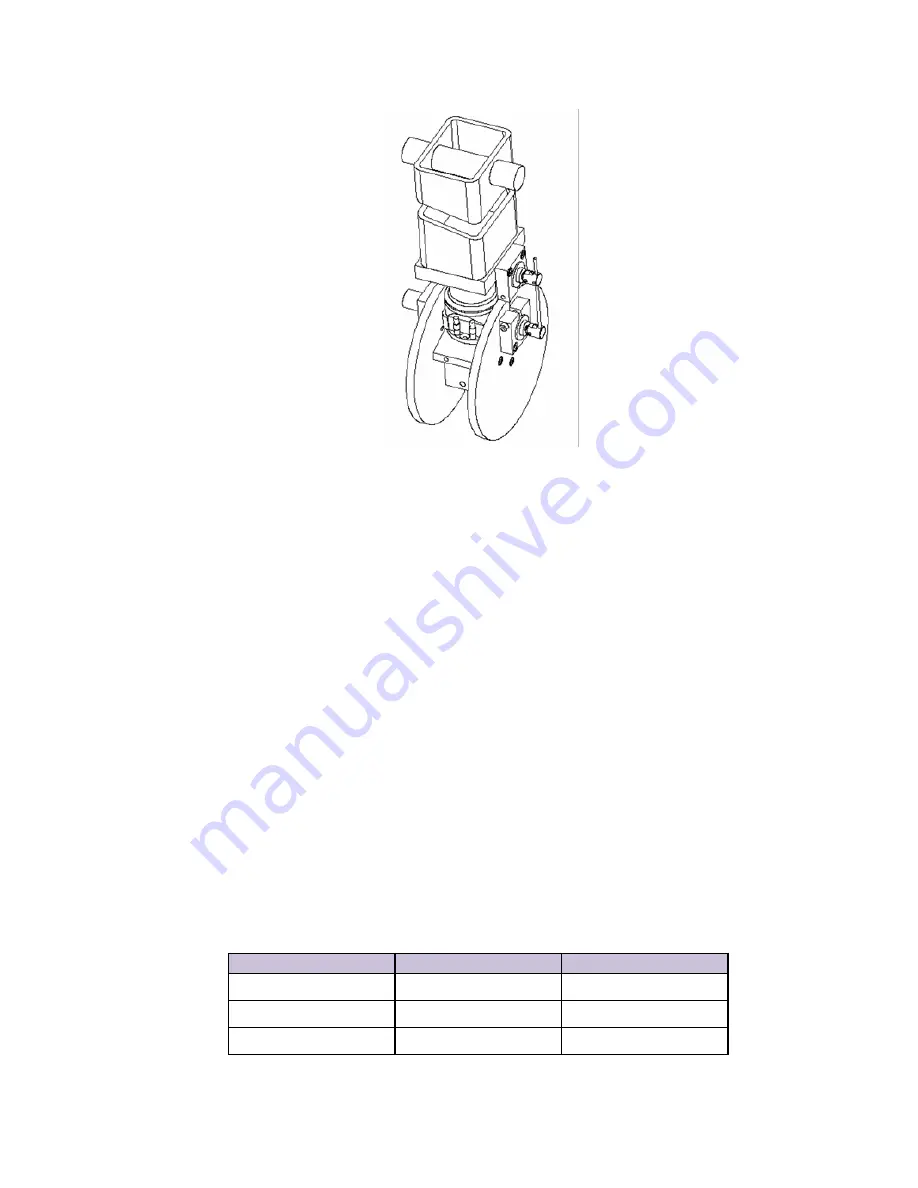
020-9905 User Manual Q3 (Advanced 3 year old child) Rev G Page 68 of 82
© 2016 Humanetics Innovative Solutions
Figure 29.
Q3 neck certification test set-up for frontal test
Data Processing
1.
Filter the pendulum acceleration at CFC180.
2.
Filter the potentiometer readings at CFC600.
3.
Filter the load cell readings at CFC600.
4.
Determine time zero of the impact by finding the 1 g deceleration level in the
pendulum signal (after software filtering).
5.
Software-zero all transducer readings by averaging the part of the signal before time
zero and subtracting this from the transducer reading.
6.
Integrate the pendulum acceleration to check the deceleration velocity of the
pendulum. The velocity of the arm must be calculated at a point 1657.4 mm from
the pendulum pivot point.
7.
Sum the potentiometer signals to derive the total head angle of the head form
relative to pendulum arm.
Requirements
1.
The impact velocity should be between 3.8 and 4.0 m/s.
2.
The pendulum velocity decrease should be as indicated in the table below.
Time ms
Lower limit [m/s]
Upper limit [m/s]
10
0.5
1.5
20
1.3
2.5
30
2.0
3.3

